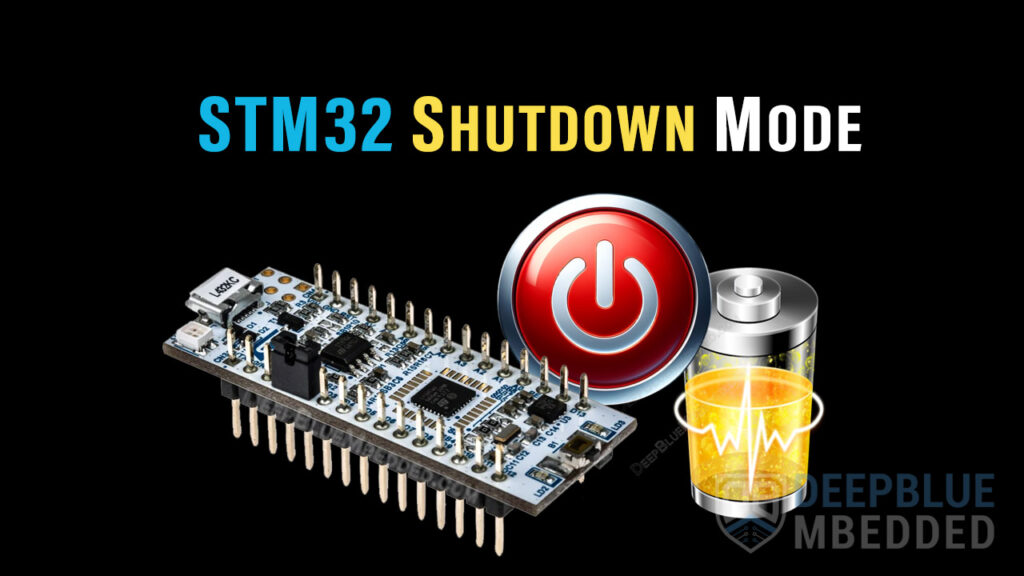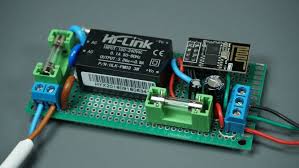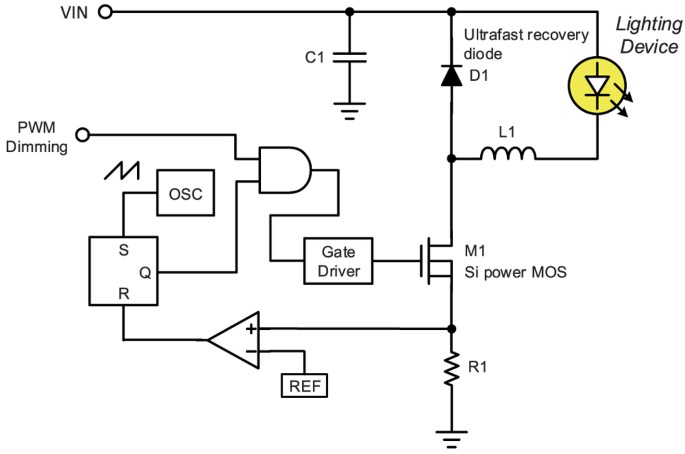How to Implement a Low-Power Sleep Mode in Microcontrollers?
Microcontrollers are key components in many embedded systems, ranging from simple IoT devices to complex robotics. One challenging aspect of designing these systems is managing power consumption to extend battery life. One effective way to achieve this is by implementing a low-power sleep mode in microcontrollers. In this article, we will explore what a sleep mode is, why it is useful, and how you can implement it in your microcontroller project.
What is a Sleep Mode?
A sleep mode is a power-saving state in which a microcontroller reduces its power consumption by disabling most of its processing and peripheral functions. When a microcontroller enters sleep mode, it stops executing instructions and waits for a predefined event to wake it up. This event can be an external interrupt, a timer overflow, or any other predetermined trigger.
Why Use Sleep Mode in Microcontrollers?
Using sleep mode in microcontrollers can significantly reduce power consumption, especially in battery-powered systems. By putting the microcontroller to sleep when it is not actively performing a task, you can extend the battery life of your device. This is crucial for applications that need to operate for extended periods without access to power sources.
Implementing Sleep Mode in Microcontrollers
Implementing a low-power sleep mode in microcontrollers involves writing code to put the microcontroller to sleep and defining the conditions under which it should wake up. Here are some general steps to follow:
- Identify the Sleep Modes: Microcontrollers may offer different sleep modes with varying levels of power saving. Choose the appropriate sleep mode based on your requirements.
- Enable Sleep Mode: Write code to configure the microcontroller to enter the desired sleep mode when triggered.
- Define Wake-Up Sources: Specify the events or conditions that will wake up the microcontroller from sleep mode. This can be an external interrupt, a timer, or any other trigger.
By following these steps and customizing them to fit your specific project requirements, you can effectively implement a low-power sleep mode in your microcontroller.
Tips for Optimizing Sleep Mode Performance
Here are some tips to optimize the performance of the sleep mode in your microcontroller:
- Minimize Wake-Up Frequency: Avoid unnecessary wake-up events to prevent the microcontroller from consuming power when not needed.
- Optimize Code: Write efficient code to minimize the time the microcontroller spends in active mode, further reducing power consumption.
- Utilize Low-Power Peripherals: Leverage low-power peripherals and sensors to enhance the energy efficiency of your system.
By implementing these tips, you can maximize the benefits of using sleep mode in your microcontroller project.
Conclusion
Implementing a low-power sleep mode in microcontrollers is a valuable technique for optimizing power consumption in embedded systems. By understanding the concept of sleep mode, its benefits, and how to implement it effectively, you can enhance the energy efficiency of your microcontroller projects and extend their battery life. So, next time you design a microcontroller-based system, remember to consider incorporating a sleep mode for power-saving purposes.
How to Implement a Low-Power Sleep Mode in Microcontrollers?
Microcontrollers are key components in many embedded systems, ranging from simple IoT devices to complex robotics. One challenging aspect of designing these systems is managing power consumption to extend battery life. One effective way to achieve this is by implementing a low-power sleep mode in microcontrollers. In this article, we will explore what a sleep mode is, why it is useful, and how you can implement it in your microcontroller project.
What is a Sleep Mode?
A sleep mode is a power-saving state in which a microcontroller reduces its power consumption by disabling most of its processing and peripheral functions. When a microcontroller enters sleep mode, it stops executing instructions and waits for a predefined event to wake it up. This event can be an external interrupt, a timer overflow, or any other predetermined trigger.
Why Use Sleep Mode in Microcontrollers?
Using sleep mode in microcontrollers can significantly reduce power consumption, especially in battery-powered systems. By putting the microcontroller to sleep when it is not actively performing a task, you can extend the battery life of your device. This is crucial for applications that need to operate for extended periods without access to power sources.
Implementing Sleep Mode in Microcontrollers
Implementing a low-power sleep mode in microcontrollers involves writing code to put the microcontroller to sleep and defining the conditions under which it should wake up. Here are some general steps to follow:
- Identify the Sleep Modes: Microcontrollers may offer different sleep modes with varying levels of power saving. Choose the appropriate sleep mode based on your requirements.
- Enable Sleep Mode: Write code to configure the microcontroller to enter the desired sleep mode when triggered.
- Define Wake-Up Sources: Specify the events or conditions that will wake up the microcontroller from sleep mode. This can be an external interrupt, a timer, or any other trigger.
By following these steps and customizing them to fit your specific project requirements, you can effectively implement a low-power sleep mode in your microcontroller.
Tips for Optimizing Sleep Mode Performance
Here are some tips to optimize the performance of the sleep mode in your microcontroller:
- Minimize Wake-Up Frequency: Avoid unnecessary wake-up events to prevent the microcontroller from consuming power when not needed.
- Optimize Code: Write efficient code to minimize the time the microcontroller spends in active mode, further reducing power consumption.
- Utilize Low-Power Peripherals: Leverage low-power peripherals and sensors to enhance the energy efficiency of your system.
By implementing these tips, you can maximize the benefits of using sleep mode in your microcontroller project.
Conclusion
Implementing a low-power sleep mode in microcontrollers is a valuable technique for optimizing power consumption in embedded systems. By understanding the concept of sleep mode, its benefits, and how to implement it effectively, you can enhance the energy efficiency of your microcontroller projects and extend their battery life. So, next time you design a microcontroller-based system, remember to consider incorporating a sleep mode for power-saving purposes.



